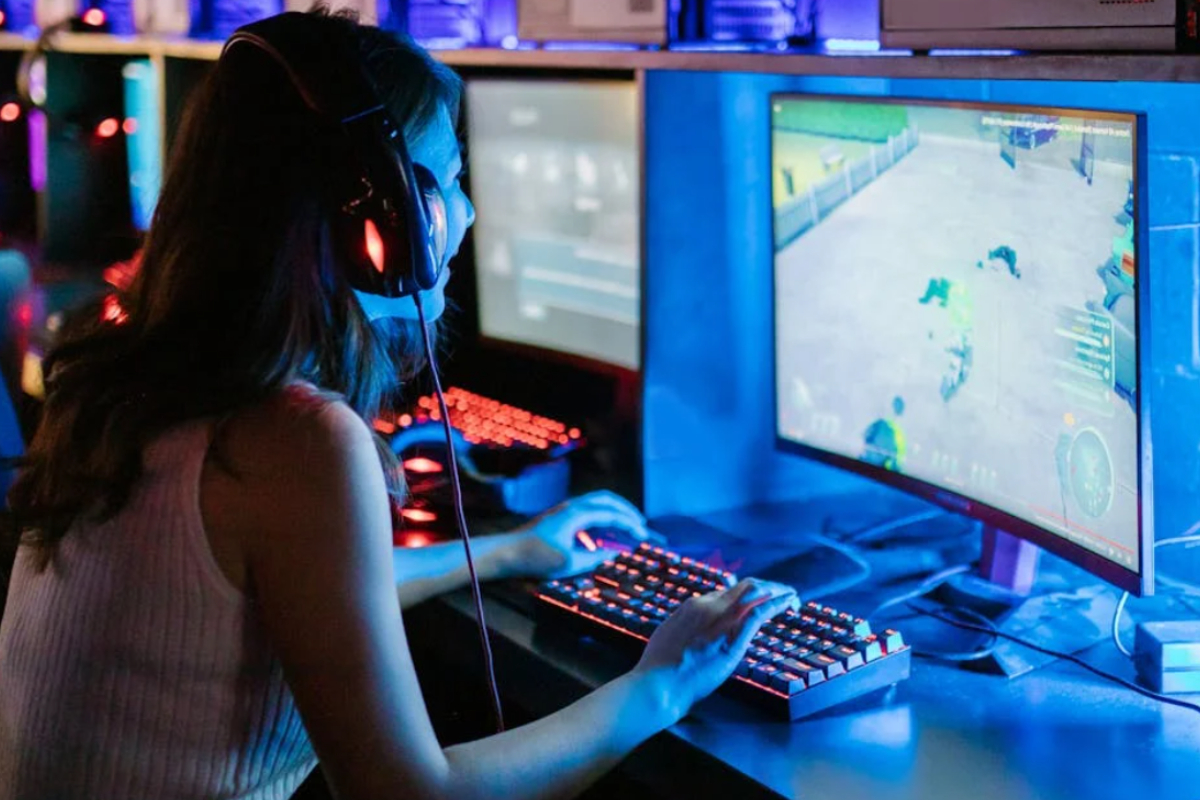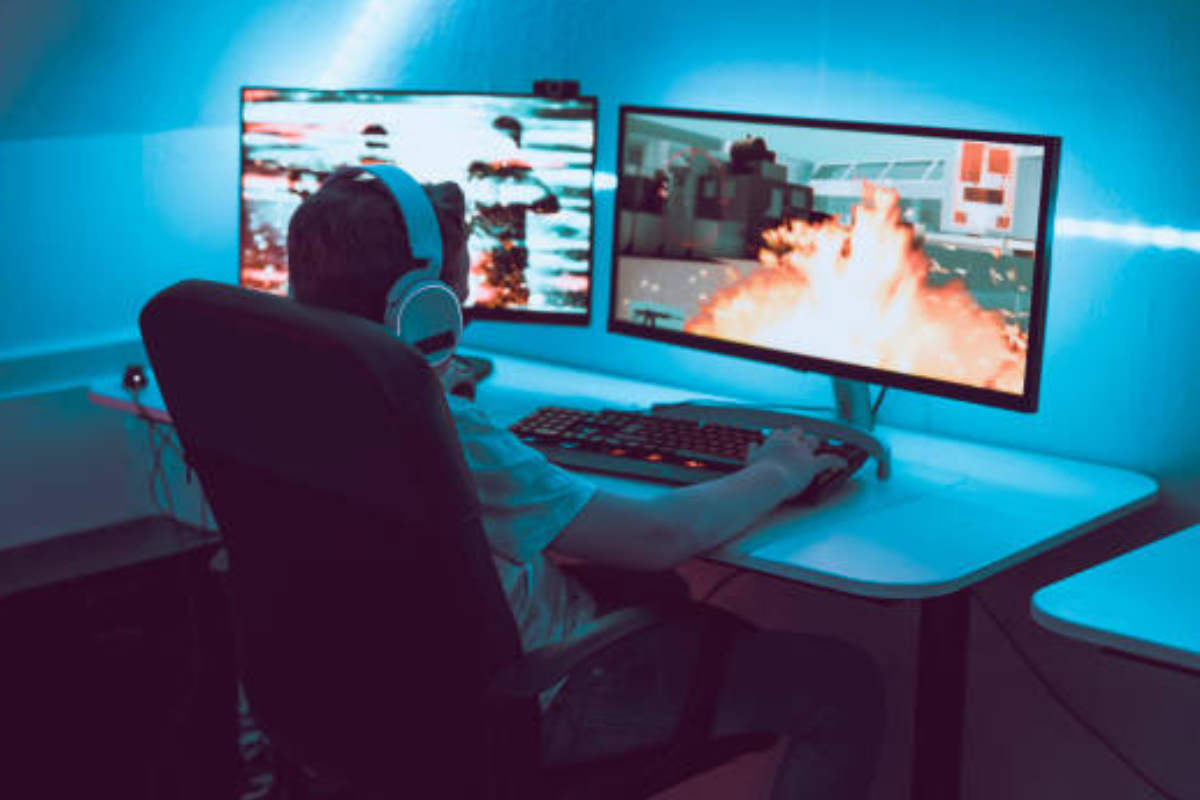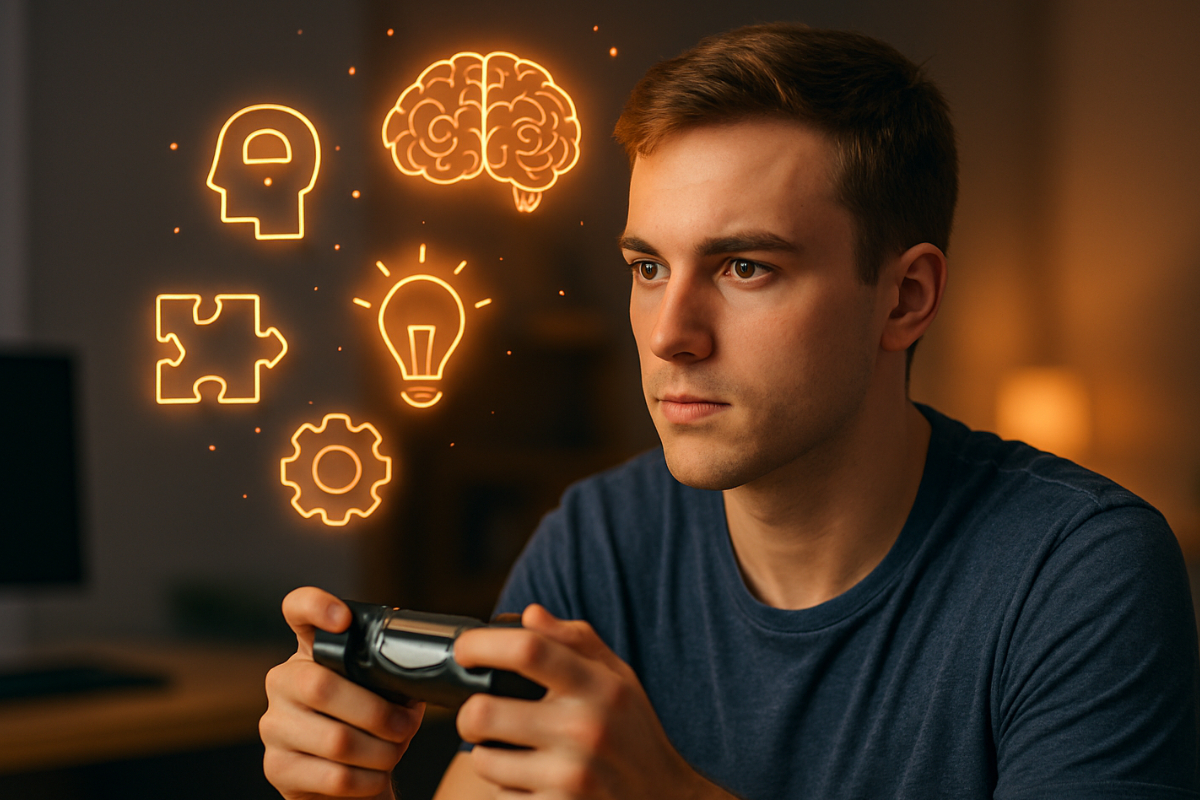Adjusting your PC game settings is key to improving your gaming experience, as nothing is more frustrating than low FPS (Frames Per Second) and lag. Properly configuring the settings ensures smooth and fast gameplay. By adjusting the right settings, you can boost your FPS and reduce lag, leading to a more enjoyable and seamless gaming experience.
Essential Steps for Optimizing Your Game Settings
Before we dive into each setting in detail, here’s a quick overview of the PC game settings you should consider for improving FPS and reducing lag:
- Adjusting Resolution: Choose the right resolution for your hardware.
- Changing Graphics Quality: Optimize texture, shadow, and anti-aliasing settings.
- V-Sync and G-Sync: Use the appropriate synchronization settings.
- Configuring Graphics Card Settings: Optimize settings in NVIDIA and AMD.
- Network Optimization: Adjust network settings for lower latency.
Understanding FPS and Lag
Before we get into specific PC game settings, it’s important to understand two key aspects that directly affect your gaming experience: FPS and lag.
What is FPS and How Does it Affect Gameplay?
FPS is a measure of your computer’s performance while gaming. Typically, FPS above 60 provides a smooth and fluid visual experience. Low FPS, on the other hand, results in jerky movements and reduces the enjoyment of the game. If you frequently play fast-paced games such as first-person shooters or racing games, a high FPS is essential.
What is Lag and Why is it Important?
Lag occurs when there’s a delay between your input and the game’s response. For example, when you shoot an enemy, but the projectile appears late. Lag is often caused by a poor internet connection or when your computer is overwhelmed with other tasks. By adjusting your PC game settings, you can reduce lag and improve response time.
PC Game Settings to Boost FPS and Reduce Lag
One of the most crucial factors in gaming performance is the configuration of your PC game settings that directly affect FPS and lag. Achieving high FPS and low lag ensures smoother and more enjoyable gameplay, so it’s important to learn the right settings to improve your gaming experience.
In this section, we will discuss the key PC game settings that help increase FPS and reduce lag, and how to apply them for optimal performance.
Adjusting Game Resolution
One of the most significant aspects of PC game settings that affects performance is resolution. Higher resolutions require more resources from your graphics card, which can result in lower FPS and lag. To improve performance, try lowering the game resolution to a setting that still provides good visual quality without sacrificing overall performance.
For example, if your native screen resolution is 1920×1080, try switching to 1600×900 to increase FPS without significantly affecting visual quality.
Graphics Quality Settings
Graphics quality significantly impacts game performance. Some settings demand a lot of resources, such as texture quality, anti-aliasing, and shadows. To reduce lag and increase FPS, consider lowering these settings. For example, reducing texture quality or lowering shadow details will lighten the load on your system.
- Texture Quality: If your graphics card is limited, it’s a good idea to lower texture settings. High-resolution textures are not always necessary, especially if they’re not very noticeable in gameplay.
- Shadow Quality: Shadows often consume a lot of resources. Lowering shadow quality can boost game performance.
- Anti-Aliasing: One of the most resource-intensive graphics features. If you want smoother edges on objects, try using a lower anti-aliasing setting to balance performance and aesthetics.
V-Sync and G-Sync/FreeSync
V-Sync is a feature that synchronizes your game’s FPS with your monitor’s refresh rate to prevent screen tearing. However, V-Sync can introduce input lag and lower FPS. For a smoother gaming experience, try G-Sync (NVIDIA) or FreeSync (AMD), technologies that improve synchronization between the GPU and monitor without compromising performance.
Configuring Graphics Card Settings
For advanced users, optimizing PC game settings in the NVIDIA or AMD control panel can help achieve higher performance. The NVIDIA control panel offers options to reduce the load on your graphics card, such as disabling anti-aliasing or adjusting power management settings. Similarly, AMD Radeon settings have advanced options that can help improve FPS, such as using Radeon Chill to manage power consumption.
Network Optimization
Online games are affected by your internet connection. High latency or ping can cause lag and delays in your actions. To improve network performance, consider using a wired connection instead of wireless. A wired connection is more stable and has lower latency than Wi-Fi.
Also, ensure that no other internet-consuming apps are running while gaming. Downloading large files or streaming videos can reduce bandwidth and cause lag.
Adjusting Power Settings and System Resources
Improper power settings and system resource usage can also significantly affect your gaming performance. In addition to in-game settings, it’s important to adjust your operating system settings that directly affect the speed and efficiency of your computer.
Adjusting Power Settings
Your PC’s default power plan may not be optimal for gaming. Often, your system is set to “Balanced” or “Power Saver” mode, which doesn’t allow your CPU and GPU to deliver full performance. To achieve maximum performance, make sure your PC’s power plan is set to “High Performance.” This will help prevent lag and improve FPS in your games.
Removing Unnecessary Programs
In addition to power settings, make sure your system isn’t bogged down by unnecessary programs while gaming. Background applications, such as web browsers, video streaming apps, or other software, can consume system resources and cause lag. Before gaming, close apps you don’t need to help your computer focus on the game and provide better performance.
By optimizing your power settings and clearing system resources, you can reduce lag and enjoy a smoother gaming experience.
Improving Your PC’s Overall Performance
It’s important to consider your PC’s overall performance through regular maintenance and updates. Updating your graphics drivers, clearing your hard drive, and using a solid-state drive (SSD) instead of a hard disk drive (HDD) can help achieve faster loading times and higher FPS. SSDs provide faster data transfer speeds, which accelerate game loading times.
Achieving a Smooth and Fast Gaming Experience
With the PC game settings outlined in this article, you can easily enhance your gaming experience by boosting FPS and reducing lag. By making the right adjustments, you can make the most of your PC’s capabilities and achieve smooth, immersive gameplay that is fun and frustration-free. Try these settings, and you’ll notice a significant improvement in your gaming experience.



